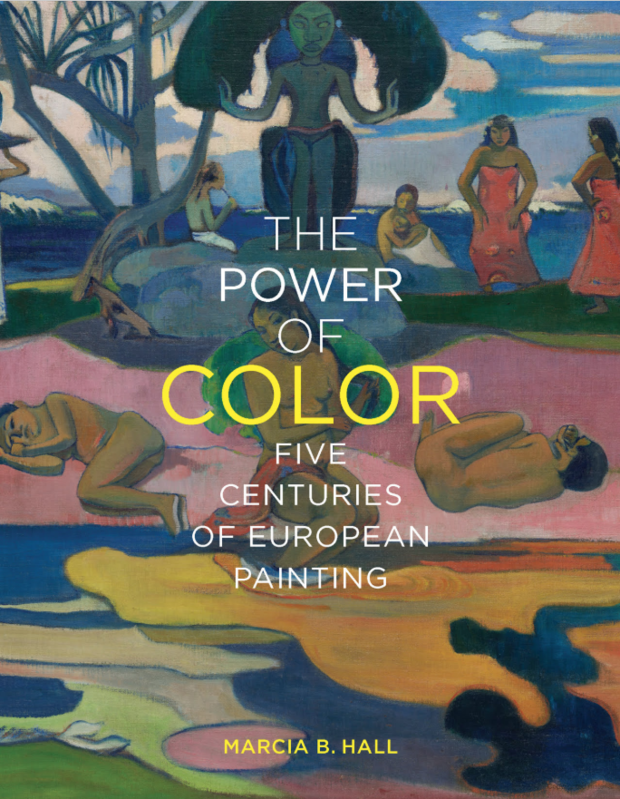Marcia B. Hall’s new book explores the “Power of Color”

After five years of research, Marcia B. Hall’s latest exploration of color in European painting is here. Yale University Press has published The Power of Color: Five Centuries of European Painting, a sequel of sorts to her 1992 book, Color and Meaning, which explored color in the Renaissance.
This time, Hall’s research carries the reader on a journey that reaches into the 20th century. “The Power of Color extends to World War I,” Hall said. I wanted to capture the larger picture of how techniques and making developed in the early modern period, which has never been studied.”
The Power of Color covers a 500-year period of innovation and discovery in the world of art that spurred new visual effects and strategies.
“One thing I came to terms with throughout my research is how much of a factor marketing became in the creation of art,” Hall said. “Once you get past the Renaissance patronage system, artists had to consider their audience and the cost of materials. Some pigments are wildly expensive. An artist’s use of certain pigments was conditioned by the willingness of a client to pay for it.”
A three-time National Endowment for the Humanities Fellow and two-time Fulbright Fellow, Hall has written widely on painting in the 16th century, including the work of Raphael, Michelangelo and those who followed them. But she has always maintained an interest in the way painters used color. This, paired with expanded scholarship in the area of art conservation as well as advances in the scientific examination of painting—what is now commonly known as “technical art history”—led to the development of The Power of Color.
Hall leveraged this growing body of disparate scholarly literature on conservation as well as laboratory analysis—which tends to focus on single paintings and artists—and tied it together to find commonalities in color, material and technique across time. “I wanted the larger view,” Hall said. “To pull the threads through each era.”
“One thing I discovered is just how important underpainting is,” she said. “It was widely used, even as far back as the late 15th century. It was an efficient and economical method of painting—layering colors kept them clean and clear.”
Hall says this new book is also a product of the many opportunities and resources afforded to her since she joined the Tyler Art History faculty in 1973—from conversations and feedback from colleagues to sabbaticals and grants, all of which have helped advance her scholarly pursuits. She also incorporated her research into the classroom. “I used my graduate seminars to study the scholarly literature. Eventually, graduate students also reviewed and criticized chapters,” Hall said. “In this way, students really learned what it takes to produce a book of scholarly work from start to finish.”
Not only will readers look at painting with fresh eyes, but artists, too. “I’ve been told by painters that they’ve found Color and Meaning enormously useful,” Hall said. “It is my hope that The Power of Color will be equally useful to them as well.”
Order a copy of The Power of Color: Five Centuries of European Painting now.